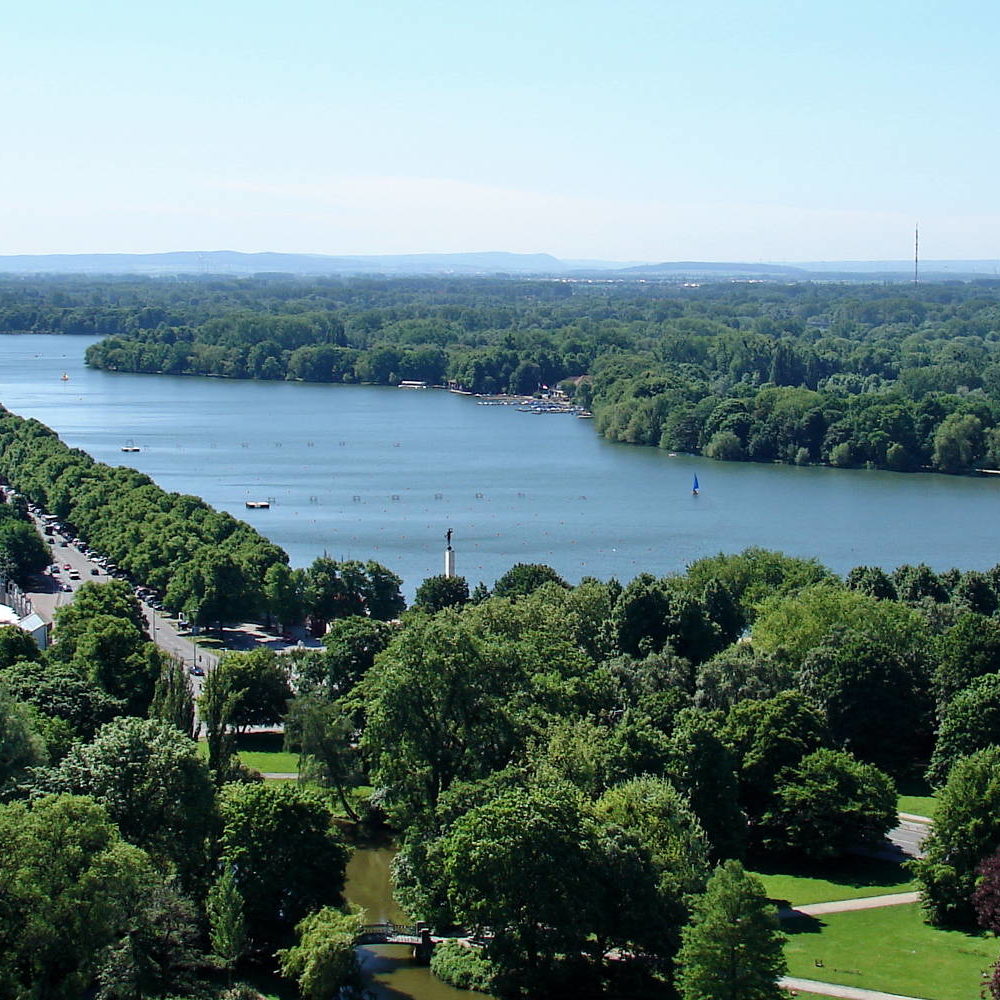For joggers, water sports enthusiasts or rollerbladers, the Maschsee most likely rates as Hanover’s most popular local recreational lake reserve. Yet, few are aware that it was built by the Nazis as an architectural showpiece. However, plans for the lake go back further.
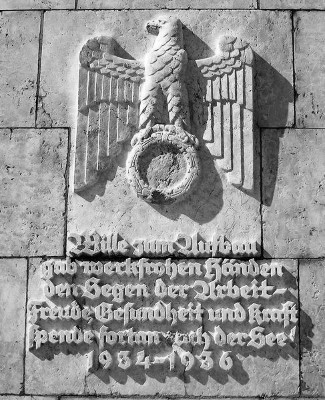
A construction project designed to combat flooding
For centuries, the rivers Leine and Ihme flooded regularly, threatening low lying areas of Hanover. The Leinemasch would turn into a lake stretching as far as the road known nowadays as Friedrichswall. Therefore, since the 19th century, ideas had been mooted about regulating these water courses and at the same time creating a space for public recreation. Against the background of the world economic crisis, the municipal council pass the resolution in the autumn of 1932 to construct the lake on its present scale as an employment creation programme – endorsed by votes from the Social Democrats.
Nazi work creation programme
By the time excavation work is begun in March 1934, the National Socialists hold sole power. They rally people with their rousing cry of “Work battle”. In reality, this means around 1600 men have to dredge the lake bed and create dikes to channel the Leine and Ihme for meagre wages. The only technical equipment provided is open wagons to transport earth.
Resounding propaganda success
The inauguration of the lake two years later, in May 1936, is a huge propaganda success for the Nazis. They come across as men of action who vigorously get on with the job, instead of just talking about it like others. Around 200,000 inquisitive Hanoverians flock to the lake and witness an elaborately staged spectacle attended by prominent party leaders and city councillors, and involving the participation of 6000 athletes, as well as the maiden sailing of the Maschsee cruise boats. A mere four years later the lake’s surface disappears beneath woven rafts of floating wicker. The aim is to thwart enemy bomber fleets from having any reference point on which they could orientate themselves.
Prodigious projects
As is the case for all Gau [Nazi regional districts] capital cities, the National Socialists also have radical plans to transform Hanover. These have Hitler’s personal blessing. The Maschsee is to be flanked by three forums. Just the plans for the “Party Forum” alone, on the lake’s western bank, consist of monumental edifices for accommodating the Gauleitung [regional party leaders], a parade ground, and a “Hall of the People’s Community”. The war halts their construction. Only remains of a grandstand and the ruins of the bunker for the Gauleiter [regional party leaders] lie buried beneath the spectator stands of the football stadium.
Kitsch and conflict: should National Socialist art be allowed in public spaces?
In recent years, the sculptures from the Nazi era located on the eastern and northern banks have been the subject of discussion. Is the right arm of the naked figure of the torchbearer on the north side raised in a Hitler salute? Are the ferocious, elongated lions of the “Löwenbastion”, created by Hitler’s favourite sculpture Arno Breker, an expression of Nazi ideology? Can Hermann Scheuernstuhl’s kitschy cherub riding a fish [“Der Fischreiter” – ‘The Fish rider’] even be classed as art? Does the naked couple on the east side match the image of the “Nordic” ideal? The following fact would have unwittingly made a mockery of Nazi ideology: Jewish brother and sister Hans and Renate Loewy sat for the sculptor Georg Kolbe as the models for this sculpture.
By the pier on the north shore, an information panel erected by the Culture of Remembrance [Städtische Erinnerungskultur] tells the story of the Maschsee building project and its sculptures.
Additional online information
Culture of Remembrance Downloadable leaflets and flyers [in German]
Culture of Remembrance Downloadable information and memorial plaques [in German]
Culture of Remembrance Walk with audio guide around the Maschsee [in German]
NDR.de Maschsee: From Nazi project to leisure oasis [article in German]
Sprengel Museum Hannover Website
Further reading: Click here
Texts and images: Michael Pechel

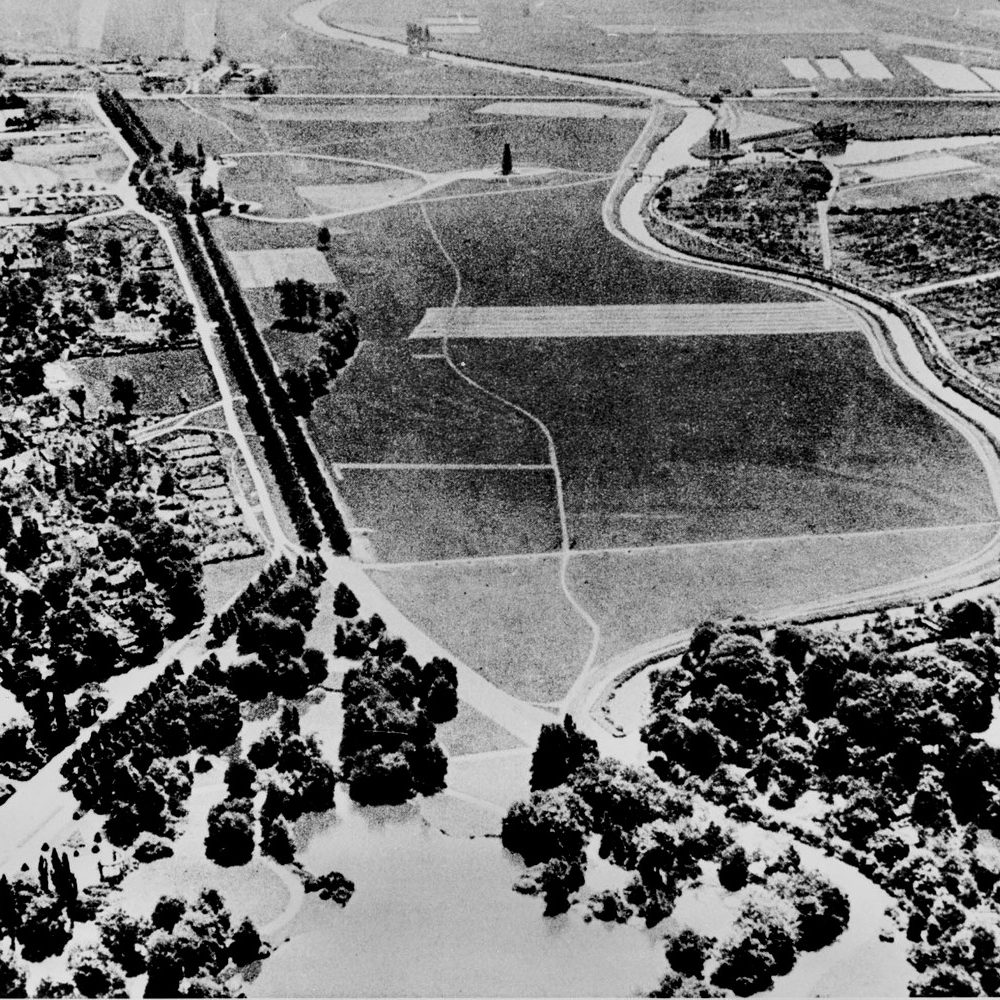
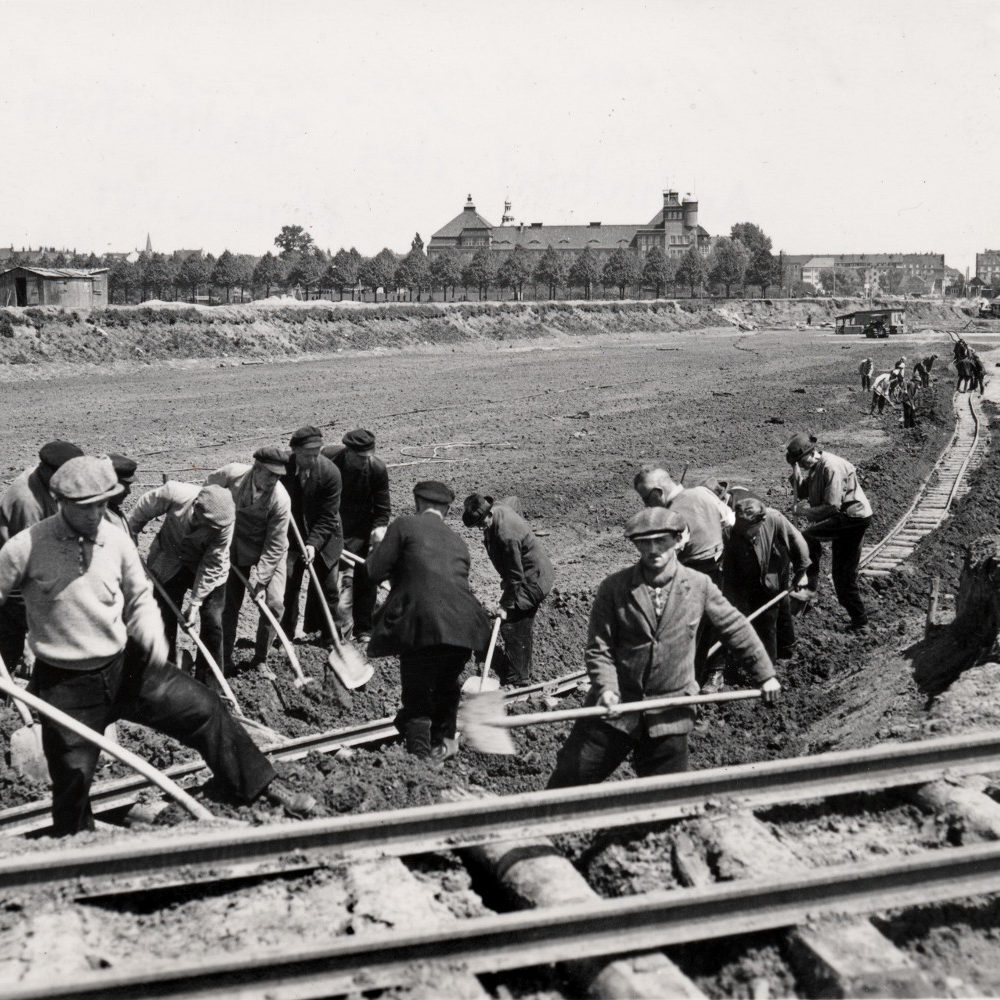
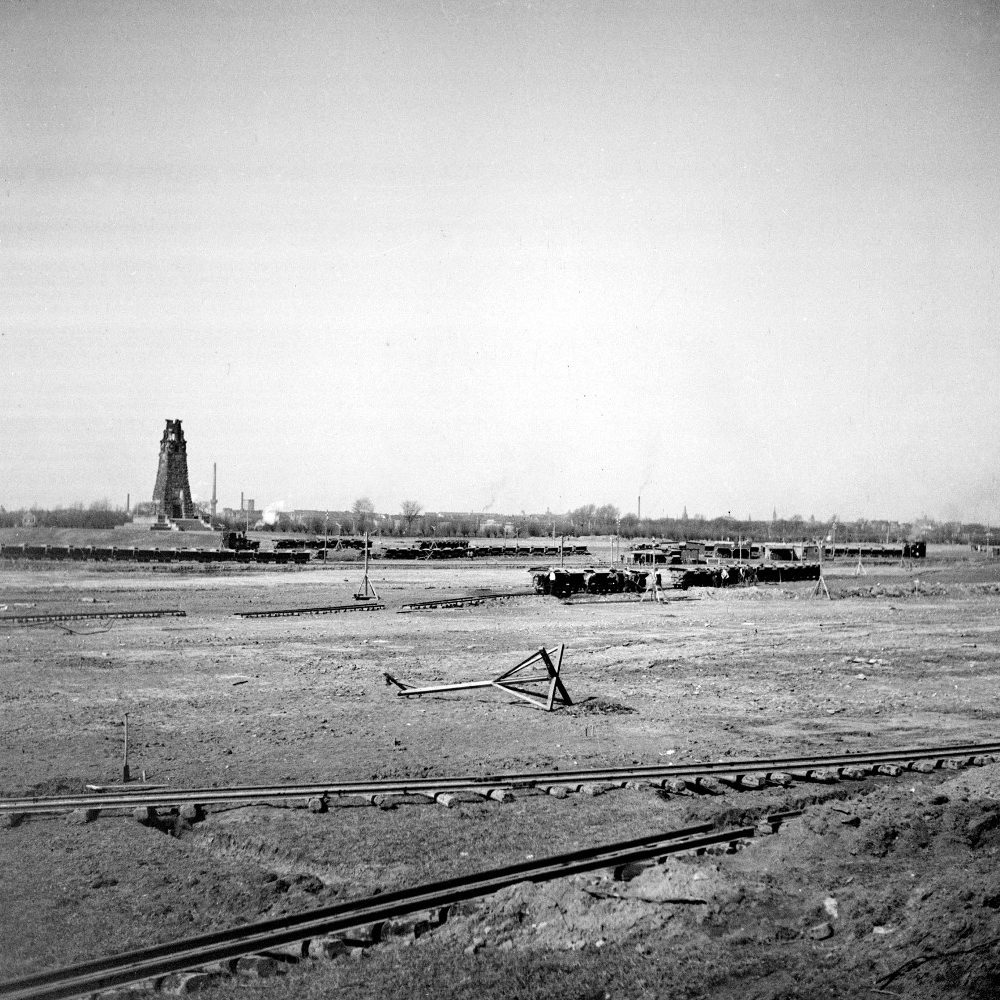
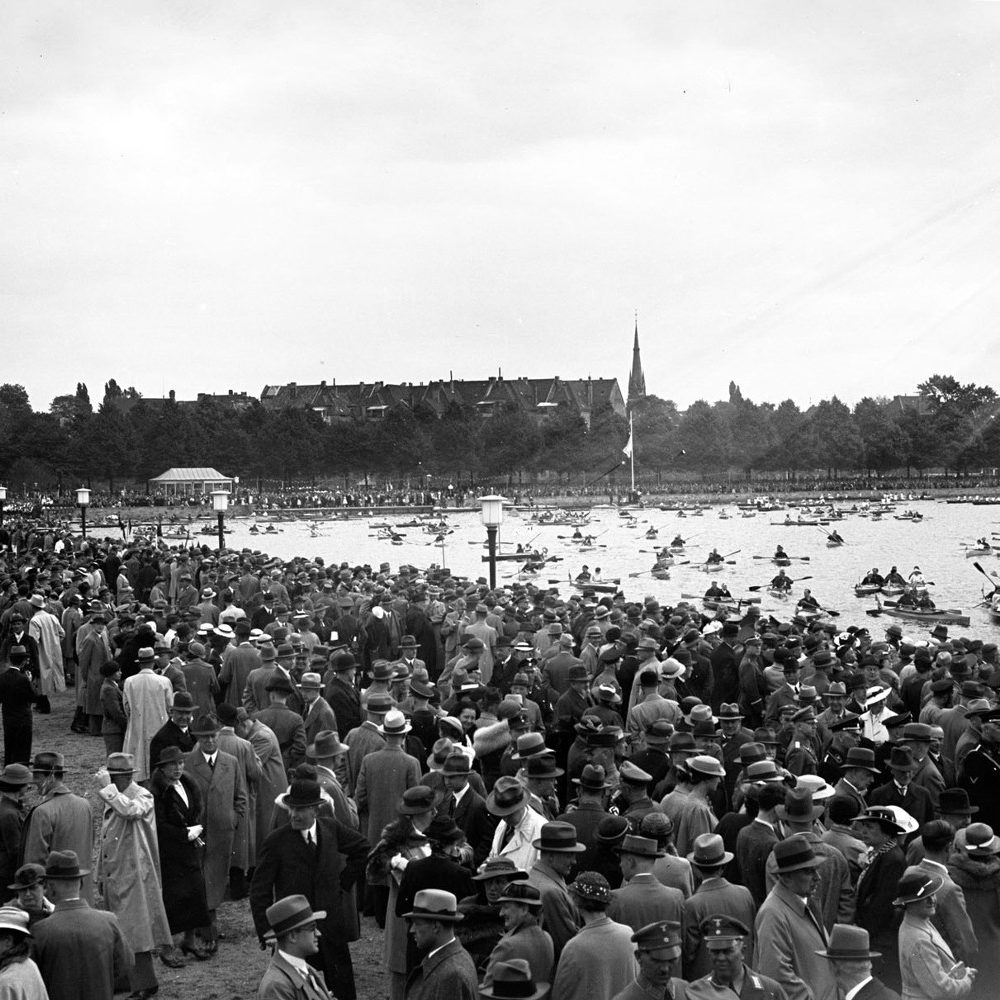

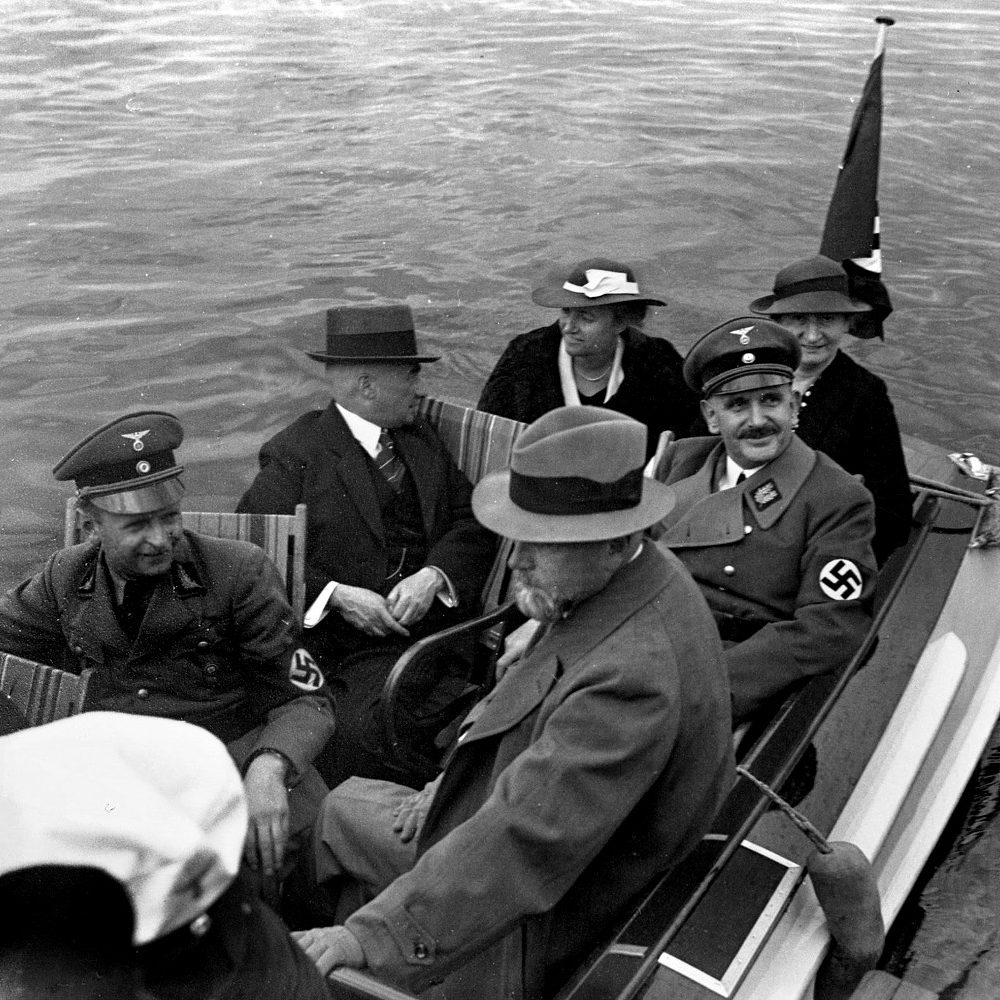
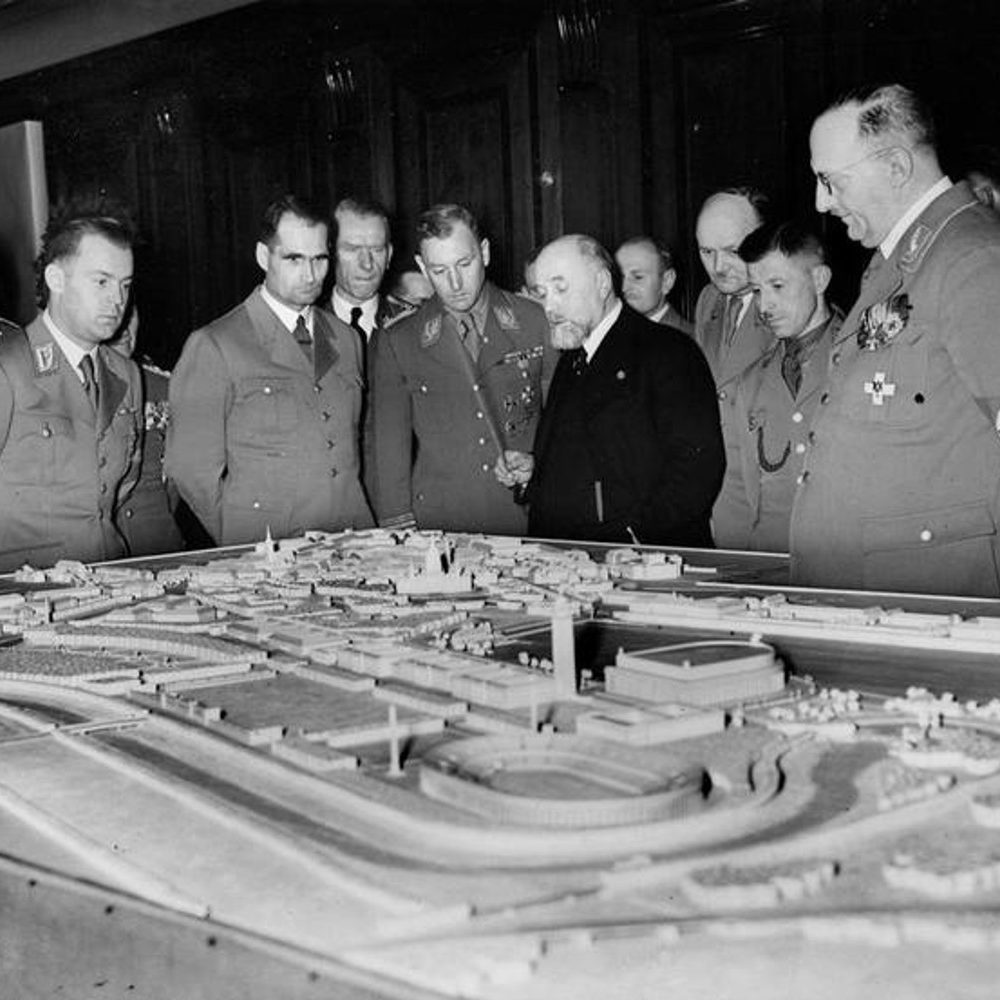
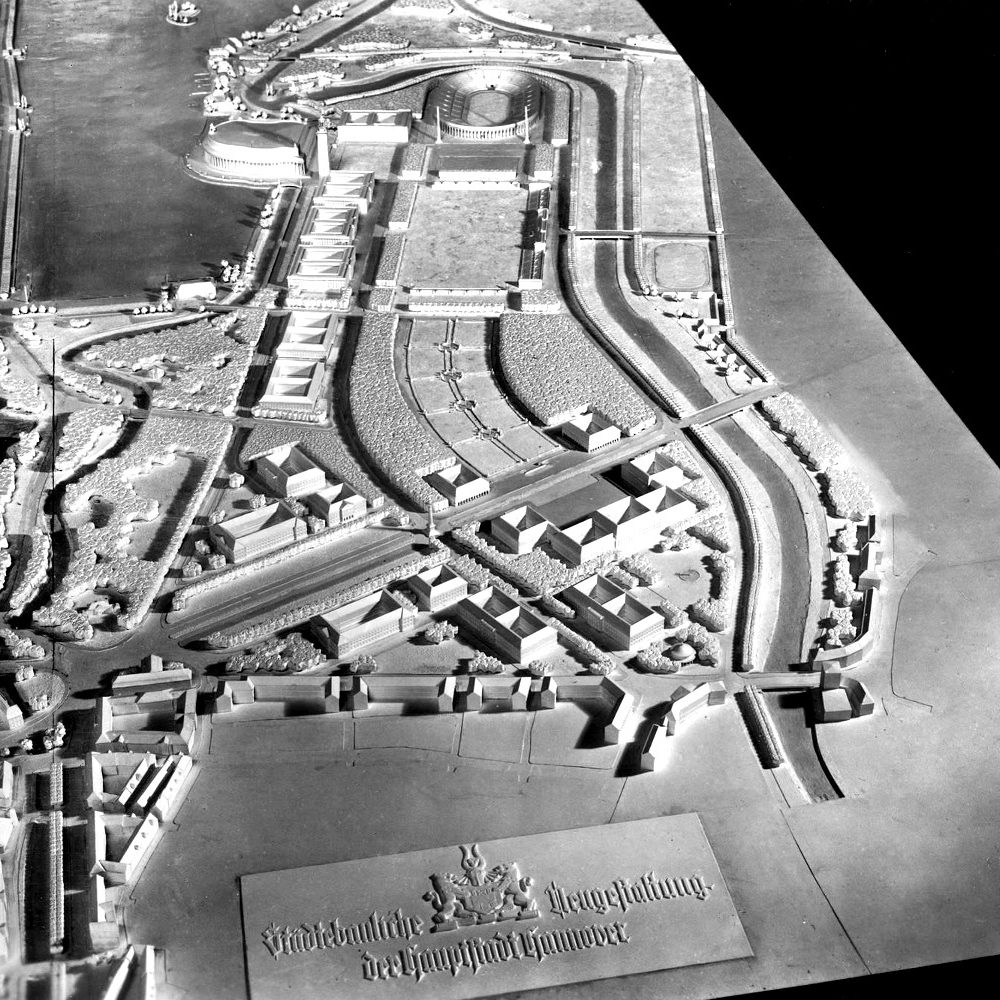
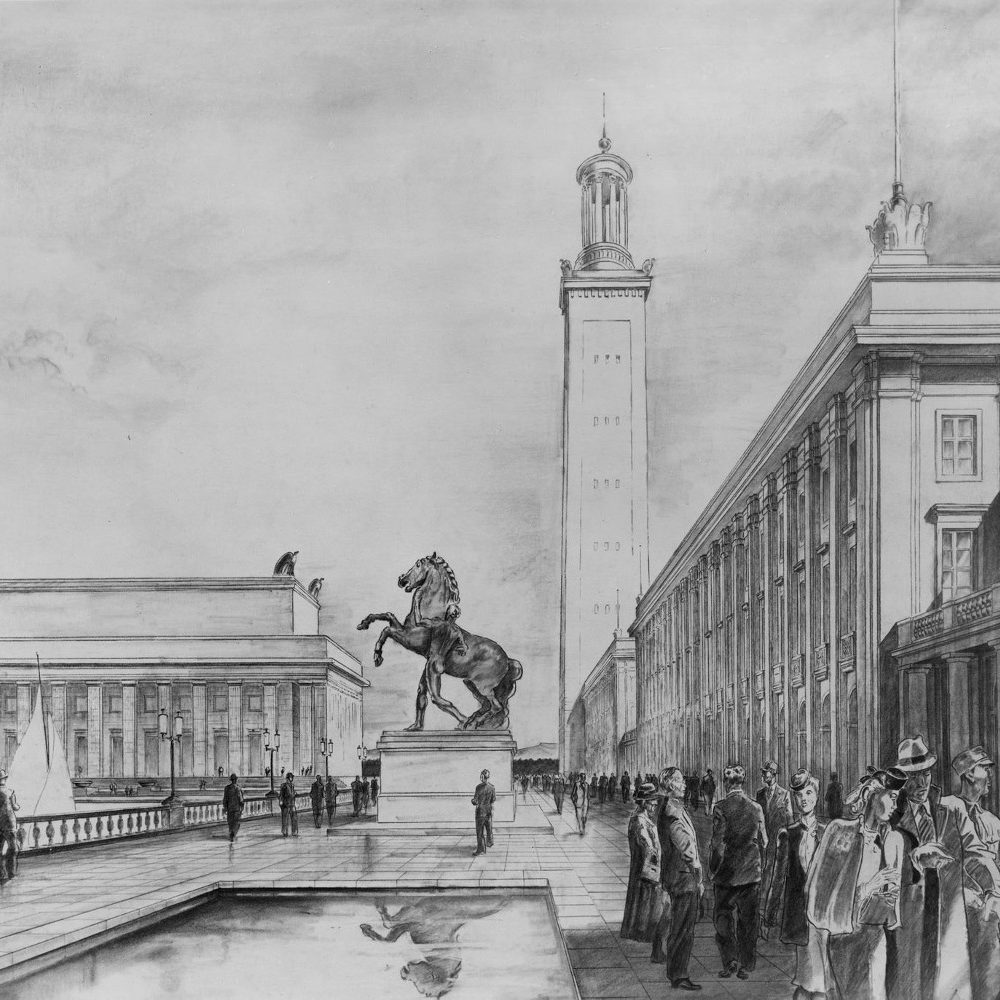
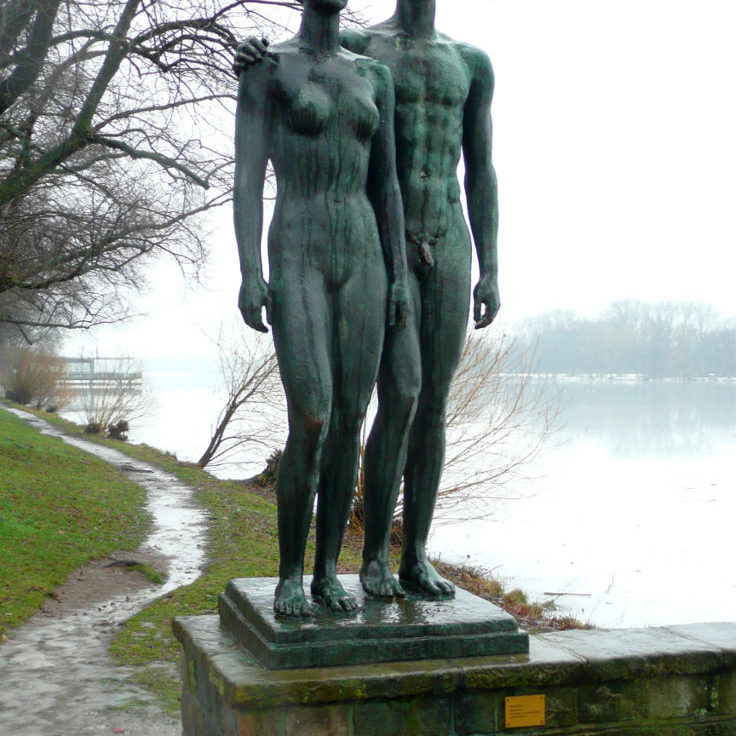
![Hanover, Löwenbastion [Lions Rampart] at the Maschsee: large sculptures by Hitler’s favourite sculptor Arno Breker, 1938. Photo myheimat by Sascha Priesemann, 2004](https://zukunft-heisst-erinnern.de/wp-content/uploads/2020/02/maschsee_11-1000x1000.jpg)
